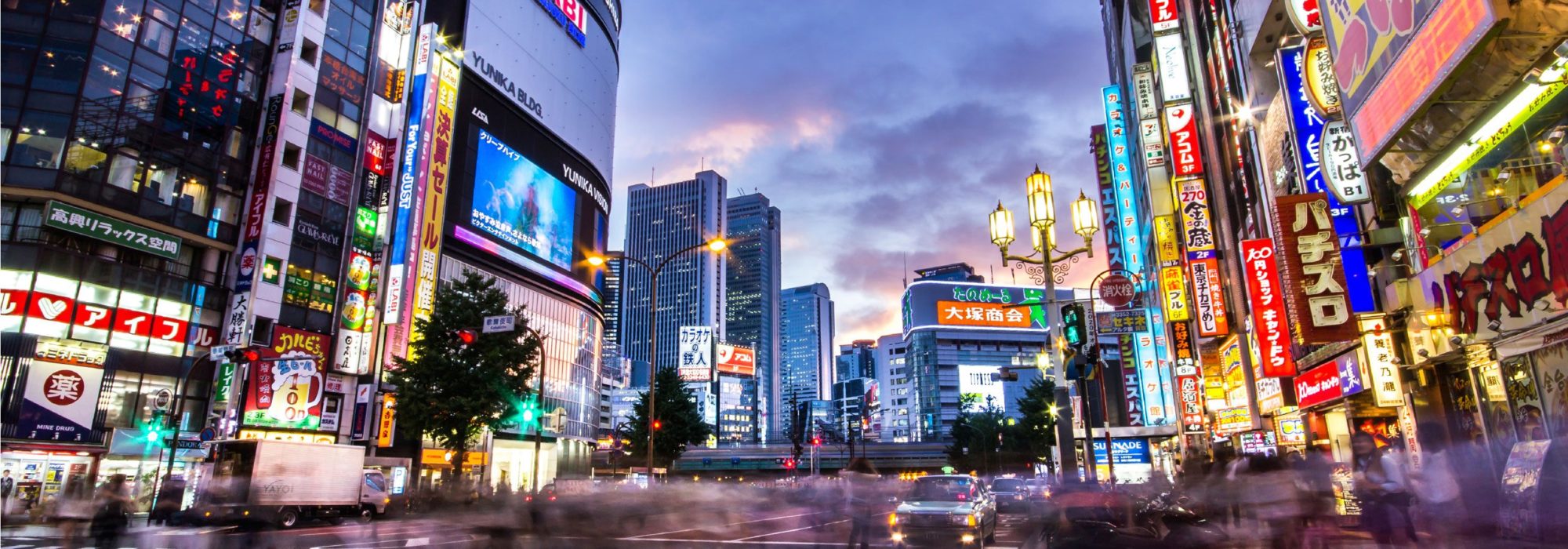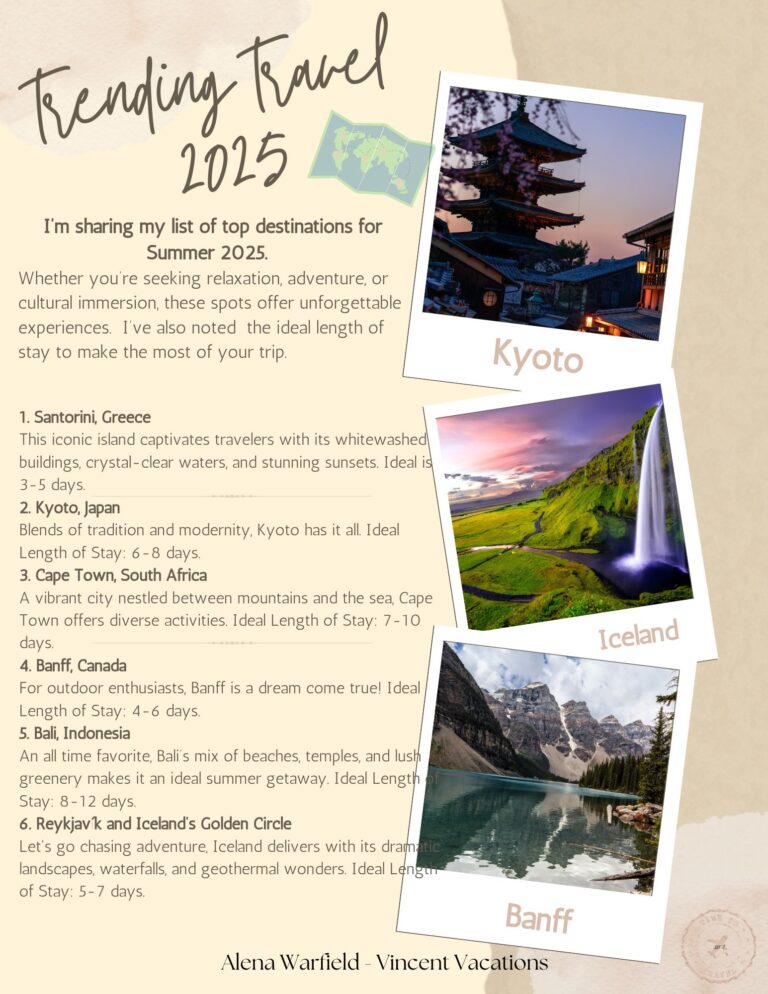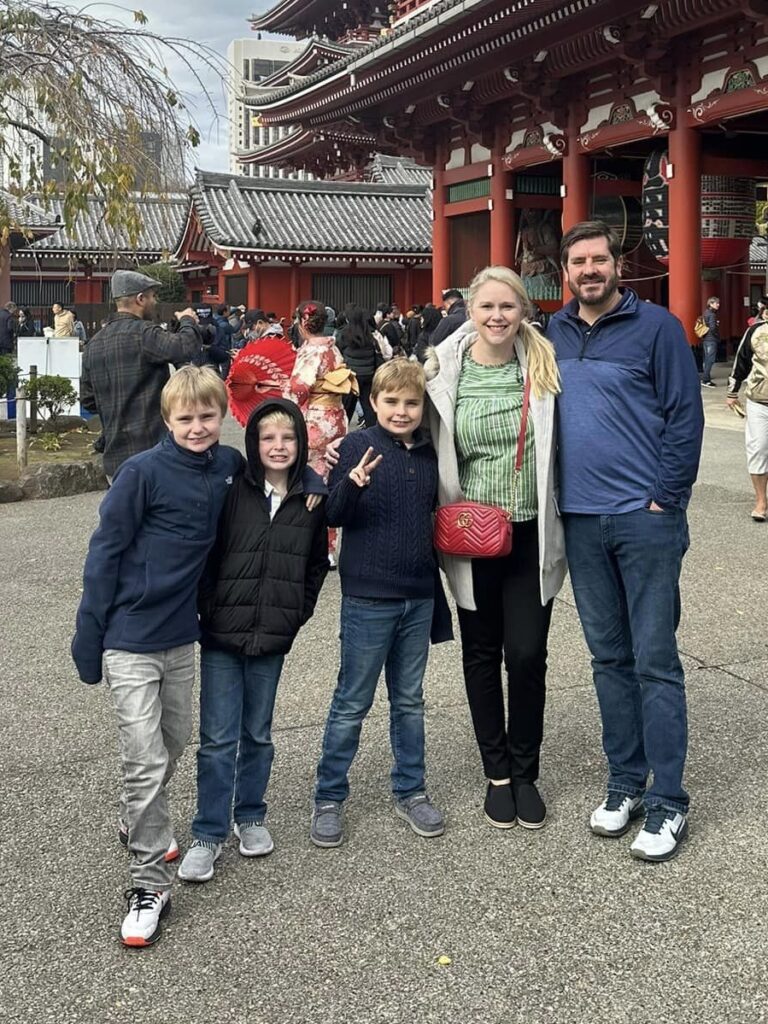
Tokyo, Japan, presents a different view at every turn. It's one of the world's main economic centers and its most populous agglomeration. The business of Tokyo is business, but you can still find harmony and small-scale gardens on back streets. Around the corner from neon and concrete, you may find the bonsai-lined courtyard of a traditional inn.
Tokyo was nearly destroyed by bombs and fires during World War II, and by earthquakes at other times, but it has always rebuilt itself. As a result, there is little left of Old Japan in the city, but there's plenty of New Japan to take its place.
The streets are a confusing maze, so a map is essential. The transit system is excellent, however, and there are kobans (police boxes) throughout the metropolis, as well as a populace generally willing to answer questions.
Most visitors to Tokyo are there on business, but tourism has grown exponentially. And despite its reputation, Tokyo doesn't have to be fearsomely expensive. With some planning, it's possible to visit Tokyo on a reasonable budget.
Must See or Do
Sights—The serene Meiji Shrine; the Buddhist Asakusa Kannon Temple (also known as Sensoji Temple) and its bustling surrounding market streets; the views of the city from atop Tokyo SkyTree; Tsukiji Fish Market; a sumo tournament; the peaceful serenity of a Japanese landscaped garden such as Rikugien Garden; a performance of Kabuki, traditional Japanese drama, at the Kabukiza Theatre.
Museums—Learning about the city's history and people at the Edo-Tokyo Museum; viewing bonsai and learning about their care and upkeep at The Omiya Bonsai Art Museum; exploring the world's largest collection of Japanese art and historical artifacts at the Tokyo National Museum; the Ukiyo-e Ota Memorial Museum of Art, for its collection of Edo-era ukiyo-e woodblock prints; the Mori Art Museum for its challenging modern art and great cityscape views.
Memorable Meals—A breakfast of fresh sushi at the Tsukiji Fish Market; the novelty of conveyor-belt food at Heirokuzushi or another kaiten sushi bar; superb Japanese beef and stunning views at New York Grill and Bar, high up in the Park Hyatt Hotel; a kaiseki feast in the old-fashioned atmosphere of Waentei-Kikko in Asakusa; skewered chicken and other dishes at a lively yakitori restaurant.
Late Night—Dancing at one of Roppongi's high-energy discos; listening to electrifying performances at Liquid Room; enjoying a nightcap while gazing down over the lights of the city from the New York Bar or Peter: The Bar; joining locals in an izakaya, a Japanese-style pub; window-shopping or strolling along the Ginza, especially during the holiday season.
Recreation—A stroll through Shinjuku Gyoen Garden; a walk along the moat of the Imperial Palace when the cherry blossoms are in bloom (late March); riding the ferry up the Sumida River from the waterside Hama Rikyu Gardens to the historic Asakusa district; hiking to Mount Takao with its rewarding views of Tokyo.
Especially for Kids—Tokyo Joypolis, a wonderland of electronic games; shopping in Harajuku; greeting the pandas at Ueno Zoo; spending a day at one-of-a-kind Tokyo DisneySea; running loose in Yoyogi or Shinjuku park.
Geography
Tokyo is located on the east coast of Japan's volcanic main island, Honshu, at the northwest corner of Tokyo Bay. It's part of a huge urban corridor that sweeps from Chiba City (close to Narita Airport) in the east and Saitama in the north to Yokohama in the south, connected by clean, efficient train and subway systems and an amazing network of elevated expressways. Tokyo Prefecture sprawls from the banks of the Edogawa River in the east to the mountains of Tanzawa to the west, and even includes a chain of islands stretching far to the south. The city itself is made up of 23 central wards, or ku, surrounded by many smaller cities and towns, known as shi.
For most visitors, it's the central wards west of the river, inside the Yamanote train line that loops around central Tokyo, that hold the most interest: Chiyoda-ku, defined by the feudal-era moat that once encircled Edo Castle in the heart of the city, is where you'll find the Imperial Palace and Tokyo Station. To the northeast is Taito-ku, known as the shitamachi (old town) part of Tokyo and home of Ueno Park, Ueno Zoo, the Tokyo National Museum and Asakusa Kannon Temple.
To the south and west, Minato-ku includes the Roppongi entertainment district, fashionable Aoyama with its many designer shops, the Shiodome development and the area around Shinagawa Station with its many hotels and office high-rises. Chuo-ku is the other central ward, and is home to Ginza, Tokyo's original high-end shopping area. To the west is Shinjuku-ku, home of the metropolitan government and many of the tallest skyscrapers. Shibuya-ku, in the southwest, includes the Meiji Shrine and the sophisticated shopping districts of Harajuku, Aoyama and Omotesando.
Note: Finding a specific address in Tokyo can be incredibly frustrating. Few streets have names, and buildings are numbered somewhat arbitrarily, often according to when they were built, not their relative location on the street. Addresses have the name of an area along with three sets of numbers that zero in on specific neighborhoods but are difficult to decipher. Asking for help is routine even for locals, and the police boxes on street corners have very useful maps. Throughout this report, the ward (denoted by the suffix -ku), is included followed by the closest subway or train station in parentheses, wherever possible.
History
Tokyo's history is a story of continual reinvention. Located at the mouth of the Sumida River, the city was originally a marshy fishing village called Edo ("river mouth"). It became important in the early 1600s when the warlord Tokugawa Ieyasu seized power and declared himself shogun, establishing a dynasty that lasted some 260 years. While the Japanese emperor remained cloistered in Kyoto, the shogunate made Edo his political and military base and required Japan's other feudal lords to reside there for six months every other year.
By the 1700s, Edo had become one of the world's largest cities. Thus, when the Tokugawa clan was overthrown in 1867, it only made sense for the restored emperor to move the capital from Kyoto to Edo as a means of reinforcing his authority. Edo was renamed Tokyo ("Eastern Capital").
Although Japan had been isolated from the outside world under the old military dictatorship of the shogunate, the new emperor embraced western influences, which ultimately made the country a modern, industrialized nation and Tokyo a major world center. In 1923, the Great Kanto Earthquake unleashed a series of fires that left half of the city in ashes, but it was quickly rebuilt. In the 1930s, Japan became swept up in a quest to dominate Asia that led into World War II. Before the conflict ended, Allied air raids had destroyed much of the city. In the initial years after the war, Tokyo was occupied by Allied forces and reduced to a city of tawdry entertainment and prosperous black markets.
By the early 1950s, Tokyo had reinvented itself again, using some of the profits accumulated from serving as a base of operations for U.N. forces during the Korean War. In 1964, Tokyo played host to the summer Olympic games and demonstrated to the world that it was joining the economic elite. In the following decades, with Tokyo taking the lead, Japan became an economic powerhouse. Although recession in the 1990s slowed its expansion, the city remains defined by its commitment to growth.
Potpourri
Most central city wards prohibit smoking on sidewalks and outdoor public spaces except in designated smoking areas and levy hefty fines against people caught smoking in the street or dropping their butts—volunteers patrol major stations and business areas.
The Japanese are famous for being polite and kind—but not on the trains. Expect to see people rushing on to get seats, and don't expect many people to give up their seats for the elderly or pregnant—even if they are sitting in one of the many priority seats.
The Japanese love vending machines. There are millions of them throughout the country. Most hold canned coffee, green tea, soft drinks and snacks. Some sell alcoholic beverages and cigarettes.
Turn on Japanese TV and you might see a few Hollywood stars making fools of themselves during the commercial breaks. Whether it be Tommy Lee Jones as a karaoke bar manager advertising canned coffee, or Brad Pitt and Cameron Diaz plugging cell phones, celebrities will do these commercials because they are unlikely to be seen outside of Japan.
Tokyo Tower, the iconic 1,092-ft-/333-m-tall orange-red tower that opened in 1958 and is modeled after the Eiffel Tower in Paris, is partially composed of metal recycled from U.S. tanks destroyed in the Korean War.
Slurping is part and parcel of noodle consumption in Japan, be it the Chinese street vendor noodles locally known as ramen, or the white or brown buckwheat-based noodles called udon and soba. The louder you slurp, the better the noodles taste—or so it is said. The same does not apply to spaghetti dishes.
Mount Fuji may be iconic, but it's visible from Tokyo only 79 days of the year.
Location
The Tokyo International Cruise Terminal is in Koto ward, south of the Rainbow Bridge. The nearest stations is Yurikamome, about an 8-minute walk away.
The Harumi Passenger Ship Terminal requires liners to pass under Rainbow Bridge, which is too low for large ships to clear. Passengers who do dock there will find an observation deck, a cafe selling snacks, and buses that will take them to Tokyo Station and Ginza (the trip to Ginza takes about 30 minutes).
Large passenger ships also dock in Yokohama, about 18 mi/29 km south of Tokyo, at Osanbashi Pier, located beside Yamashita Park. It has a grassy rooftop open 24 hours, souvenir shops and a restaurant with views of the busy port. Outside the terminal is Nihon Odori Station, where the Minato Mirai Line whisks passengers to Shibuya in about 30 minutes.
Shore Excursions
Although shore excursions vary, a typical tour of Tokyo might take in Sensoji Temple in Asakusa, Meiji Shrine in Harajuku, and perhaps a drive by the Imperial Palace and through Ginza. More in-depth tours may also include stops at Tokyo Tower or local department stores and designer boutiques.




































